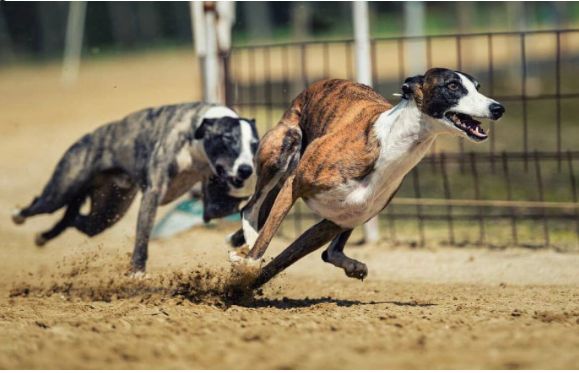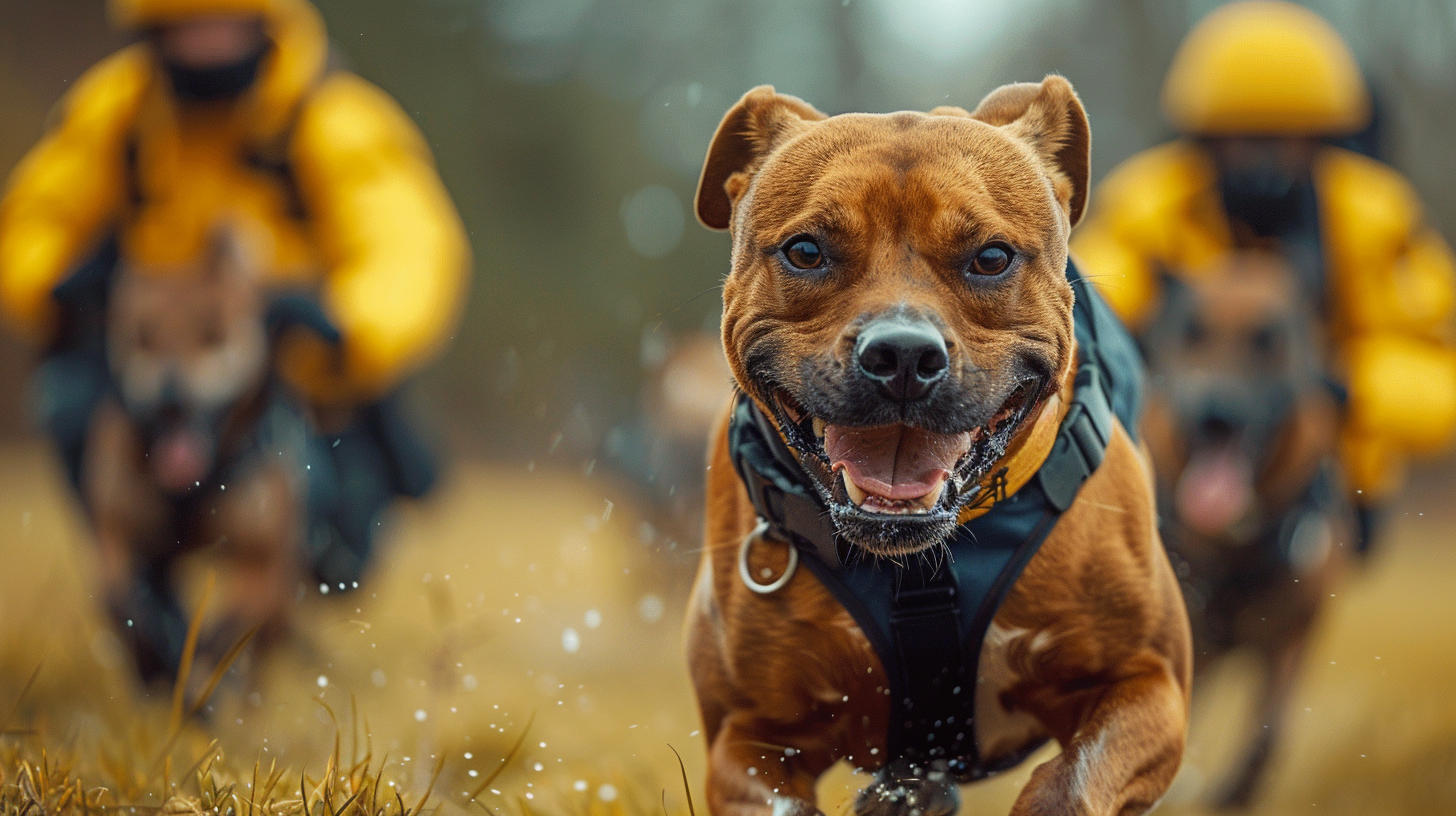Greyhound racing in the UK is overseen by the Greyhound Board of Great Britain (GBGB). The principles of the industry, standards of breeding and race preparation, eligibility criteria for competition participation, and various other aspects are outlined in the GBGB Racing Rules. Adhering to these rules ensures a consistent approach to race conduct, ensuring fair and honest competition. Stewards, licensed racing officials, are responsible for maintaining order and standards at racecourses, conducting inspections, and overseeing the smooth progress of races.
There are 21 operational racecourses in the country, with 20 of them being licensed and governed by the GBGB. The community shares common goals, interests, and a collective reality. This unity minimizes organizational chaos and confusion, reducing opportunities for fraud such as doping and other unethical practices.
Community members come together for holidays, award ceremonies to honor renowned breeders, trainers, and other individuals associated with the industry. Additionally, they celebrate and pay tribute to magnificent champion greyhounds. The media, internet resources, and the broader betting community also contribute to the cohesion of industry participants.
Unlicensed racing stands apart from this general context. In the 1940s, there were 77 licensed tracks and around 200 independent tracks in the country. Currently, only one independent track remains in England, located at Thornton Racecourse in Scotland.

Independent racing, or flapping, does not fall under the category of illegal or underground racing; instead, it operates in a "gray" zone. This form of racing often faces criticism for not adhering to established standards, with dogs seemingly running without a clear structure, resembling the flapping of wings, thus giving it its name. On the surface, the activities at the racecourse may appear similar to an official race, complete with the typical features of a track, spectators, and the main participants – greyhounds chasing an artificial hare.
Main Difference Between Flapping And Licensed Racing
The primary distinction between flapping and licensed racing lies in the absence of an official racing body. The condition of the track, the welfare of the dogs, and their overall health are not subject to centralized scrutiny. These responsibilities fall solely on the organizers, who bear the accountability for the event. Due to the lack of external oversight, the fairness and integrity of the competitions rely entirely on the human factor.
The rules governing independent racing are less stringent. There is no requirement for central registration, licensing, or documentation for the dogs. According to an announcement on the Thornton Greyhound Stadium website, to enter a dog into a race, one simply needs to provide the dog's name, the distance it will run, and the race day. Alternatively, this information can be noted on the registration sheet in the cafeteria.
The accuracy of the runner lists is not verified, and there is an absence of doping or veterinary control, which is undoubtedly a vulnerability in the flapping system.

Betting On Independent Races
Betting on independent races has a distinct atmosphere due to the absence of official oversight and the minimal formalities involved. The informal and friendly competition format is a notable advantage of these races. Spectators at the racetrack can easily engage in betting among themselves, placing informal bets without the involvement of third parties. Payments can be settled after the race concludes. However, mainstream bookmakers tend to steer clear of independent races, and there's a rationale behind this avoidance.
One significant reason is the prevalence of doping among individual coaches, coupled with the absence of measures to prevent this phenomenon, making bookmakers reluctant to operate on these tracks. Another dishonest practice, known as "overfeeding," is frequently employed by unscrupulous owners. This tactic involves abundantly feeding a young dog in good athletic shape before the competition, causing it to deliver poor results in consecutive races. Prior to the crucial race, the dog is put on a diet, regains its optimal form, and performs exceptionally well. Those involved in this scheme place bets on the dog, reaping substantial rewards, while unsuspecting spectators end up losing their bets.
Positive Aspects Of Independent (Flapping) Races
The positive aspects of independent (flapping) races include the informal and social atmosphere created by local greyhound racing enthusiasts who organize the competitions. People attend the racecourse not only to watch races but also to socialize, enjoy their time, and engage in betting.
One notable advantage is the flexibility in allowing dogs to participate in races, even those that might be excluded from professional racing due to various reasons. This inclusivity extends to retired greyhounds, dogs deemed unpromising, or those with challenging temperaments. Independent tracks provide these dogs with an opportunity to showcase their abilities, pleasing both their owners and the audience. Importantly, fees for participation in independent races are minimal.
Owners often use independent racing as a platform to assess a dog's potential for professional competition. Many greyhounds that eventually participate in official racing started their careers in independent races.
The nature of independent racing is considered amateur, with owners and trainers driven by enthusiasm and passion for the sport, even if they may lack extensive resources or expertise. The emphasis is less on betting and more on entertainment, placing a higher value on the spirit of competition than the financial aspect. For retired dogs, independent racing offers a valuable opportunity to stay healthy and active.
However, it's important to note that the current trend towards the closure and takeover of independent tracks by the Greyhound Board of Great Britain (GBGB) may impact Thornton Racecourse, the last stronghold of independent racing in the UK. Despite this trend, races continue to be held at Thornton Racecourse, providing enjoyment for the local community.

